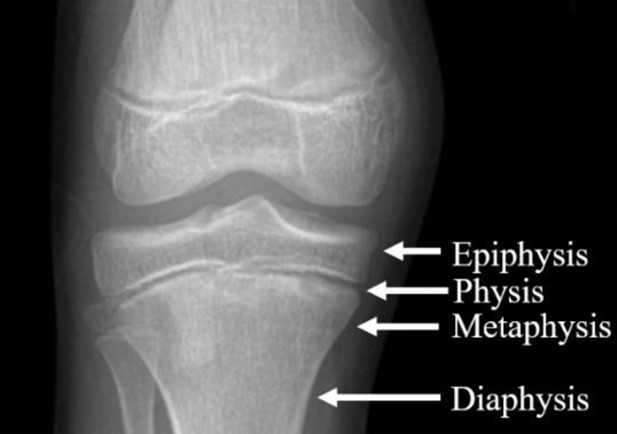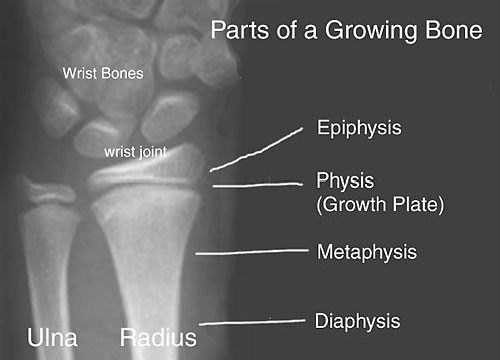What is one example of a cartilaginous joint?
Hyaline Cartilage joints in the maxilla.
None.
Fibrous Cartilage joints in the Skull.
Hyaline Cartilage joints in the ribs.
The Correct Answer is D
A cartilaginous joint is a joint where the bones are united by cartilage.
A hyaline cartilage joint is a type of cartilaginous joint where the bones are joined by hyaline cartilage.
An example of a hyaline cartilage joint is the first sternocostal joint that unites the first rib to the sternum.
Choice A is incorrect because hyaline cartilage joints are not present in the maxilla.
The maxilla is a single bone that forms the upper jaw and palate. Choice B is incorrect because none is not a valid answer.
Choice C is incorrect because fibrous cartilage joints are not present in the skull. The skull bones are joined by fibrous joints called sutures.
Nursing Test Bank
Naxlex Comprehensive Predictor Exams
Related Questions
Correct Answer is ["epiphyseal analysis"]
Explanation

The epiphysis is the rounded end of the femur that articulates with the hip bone and knee joint.
As a child grows, the epiphysis gradually fuses with the rest of the bone through a process called ossification.
By examining the degree of fusion of the epiphysis with the femur on an X-ray, doctors can estimate the age of the child.

In general, the younger the child, the less fused the epiphysis will be, and the easier it will be to determine the child's age.
However, it's important to note that this method provides only an approximate age range and cannot be used to determine an exact age.
Correct Answer is ["linea aspera"]
Explanation

The linea aspera is a ridge of bone on the posterior surface of the femur.
It is a prominent feature that serves as a site of attachment for several important muscles, including the adductor magnus, vastus medialis, and the long head of the biceps femoris.
The linea aspera extends from the greater trochanter of the femur to the lateral condyle of the femur, dividing the posterior surface of the bone into two distinct regions.
The medial lip of the linea aspera serves as an attachment site for the adductor magnus, while the lateral lip provides attachment for the vastus medialis and the long head of the biceps femoris.
Injuries to the linea aspera can occur as a result of direct trauma or repetitive stress and can cause pain and discomfort in the thigh.
Whether you are a student looking to ace your exams or a practicing nurse seeking to enhance your expertise , our nursing education contents will empower you with the confidence and competence to make a difference in the lives of patients and become a respected leader in the healthcare field.
Visit Naxlex, invest in your future and unlock endless possibilities with our unparalleled nursing education contents today
Report Wrong Answer on the Current Question
Do you disagree with the answer? If yes, what is your expected answer? Explain.
Kindly be descriptive with the issue you are facing.
